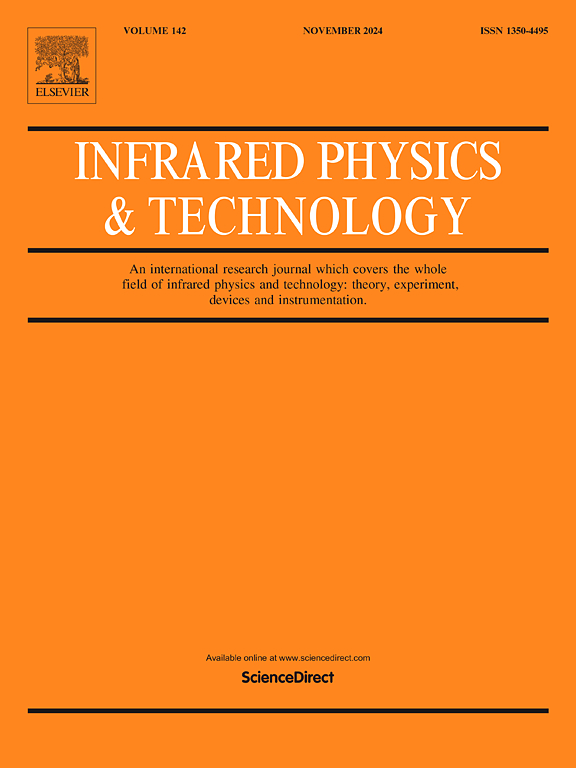基于空间相关关注的红外与可见光图像融合
IF 3.1
3区 物理与天体物理
Q2 INSTRUMENTS & INSTRUMENTATION
引用次数: 0
摘要
红外图像与可见光图像融合对于增强红外成像系统的场景理解能力和提高红外成像系统的检测性能具有至关重要的作用。图像融合的一个主要挑战是在融合过程中丢失源图像的细粒度细节。为了解决这一问题,我们引入了一种基于空间相关注意力的图像融合方法——ivfsca。具体而言,我们设计了一种空间相关注意机制,以保持特征提取和融合过程中的空间依赖性。这有助于减少细粒度信息的丢失。我们进一步开发了一种具有交叉残差结构的多源特征融合网络,该网络有效地集成了来自红外和可见光图像的多尺度特征,产生了高质量和鲁棒的融合表示。采用结构对称的编码器-解码器结构,提高了特征提取和图像重建的鲁棒性。在公共基准数据集上进行的大量实验表明,与最先进的融合方法相比,所提出的IVFSCA在视觉质量和定量指标方面都具有竞争力。本文章由计算机程序翻译,如有差异,请以英文原文为准。
Infrared and visible image fusion based on spatial correlation attention
Infrared and visible image fusion plays a crucial role in enhancing scene understanding and improving the detection performance of infrared imaging systems. One major challenge in image fusion is the loss of fine-grained details from the source images during the fusion process. To tackle this issue, we introduce IVFSCA—an image fusion method based on spatially correlated attention. Specifically, we design a spatial correlation attention mechanism to preserve spatial dependencies during feature extraction and fusion. This helps reduce the loss of fine-grained information. We further develop a multi-source feature fusion network with a cross-residual structure that effectively integrates multi-scale features from infrared and visible images, producing high-quality and robust fusion representations. A structurally symmetric encoder–decoder architecture is also adopted to improve the robustness of feature extraction and image reconstruction. Extensive experiments on public benchmark datasets demonstrate that the proposed IVFSCA achieves competitive performance compared to state-of-the-art fusion methods in both visual quality and quantitative metrics.
求助全文
通过发布文献求助,成功后即可免费获取论文全文。
去求助
来源期刊
CiteScore
5.70
自引率
12.10%
发文量
400
审稿时长
67 days
期刊介绍:
The Journal covers the entire field of infrared physics and technology: theory, experiment, application, devices and instrumentation. Infrared'' is defined as covering the near, mid and far infrared (terahertz) regions from 0.75um (750nm) to 1mm (300GHz.) Submissions in the 300GHz to 100GHz region may be accepted at the editors discretion if their content is relevant to shorter wavelengths. Submissions must be primarily concerned with and directly relevant to this spectral region.
Its core topics can be summarized as the generation, propagation and detection, of infrared radiation; the associated optics, materials and devices; and its use in all fields of science, industry, engineering and medicine.
Infrared techniques occur in many different fields, notably spectroscopy and interferometry; material characterization and processing; atmospheric physics, astronomy and space research. Scientific aspects include lasers, quantum optics, quantum electronics, image processing and semiconductor physics. Some important applications are medical diagnostics and treatment, industrial inspection and environmental monitoring.

 求助内容:
求助内容: 应助结果提醒方式:
应助结果提醒方式:


